By Rachel Cavanaugh
Whether traveling internationally or vacationing stateside, one of the best ways to explore the countryside is by motor vehicle. It’s a great way to get to the heart of a region and a fantastic method for satiating wanderlust.
Unlike pre-booked vacations that often involve hectic airports, hurried tour guides, and detailed, unchangeable itineraries, road trips allow travelers to go at their own pace, soaking in the scenery and taking in the full scope of the landscape.
According to one spending survey by CNBC called “Invest in You,” nearly half of all Americans—45 per cent to be exact — had road trips planned. The majority of people taking them were in the 45 to 54-year-old age range and their younger, 35 to 44-year-old counterparts trail closely behind at 49 per cent and 47 per cent, respectively. People often prefer road trips because they’re more flexible and often more affordable, too.
“Road trips are nearly always cheaper than other forms of travel, which helps explain why road trips are by far the most popular types of summer travel,” said Laura Wronski, a senior research scientist at SurveyMonkey, to CNBC. The Fourth of July, in particular, is a weekend that sees some of the biggest road-trip traffic.
While it’s easy to enjoy an overland journey, there are definitely tips and tricks that will make the overall experience more pleasurable. Some are practical suggestions while others are more creative ideas meant to enhance the fun. All of them will improve the trip and increase the probability that the road trip will produce fond memories. To help, Stacker has compiled a handful of these tips to get road trippers started. Check them out in the gallery ahead.
Compartmentalize your luggage
Digging through one giant bag of clothes, toiletries and electronics will drive you crazy when you’re on the road, especially if you have to do it for more than a day or two. Compartmentalize your packing with smaller bags or packing cubes, organized by activity or occasion.
If you know you’ll be at the beach a lot, for example, prepare a bag or packing cube you can grab and go containing only your beach items. Have another cube that holds only your overnight essentials so that when you check into hotels, you don’t have to lug your whole suitcase inside.
Get a tune-up
There’s no faster way to ruin a road trip than by having your car break down on the side of the highway halfway to your destination.
A simple yet often overlooked way to help prevent this is by take your vehicle in for a basic tune-up before your trip. Even if you’re only planning to be on the road for a few days, this small investment of time and money can save a huge headache down the road — literally.
Don’t forget emergency provisions
When you’re dreaming about your big road trip, it’s easy to picture everything going smoothly — and in the perfect scenario, it will. However, things will inevitably come up. Make sure you’re prepared for the worst by carrying all the basic emergency provisions, including a spare tire and jack, jumper cables, engine oil and fluids, tire chains (if driving in snow), water, snacks, a warm blanket, fire-starting tool, flashlight and first-aid kit.
Download your media
Streaming Netflix or listening to Spotify for six hours will kill your phone plan fast. Before you head out on the first leg of your journey, download all the music, podcasts, movies and other media you plan to enjoy during that section of the drive.
As you go, delete things you’ve used to free up space as you download more.
Bring earplugs or headphones
Although you may envision your road trip as driving down the highway constantly cranking up your favourite tunes there will be times when you’ll want silence, too — particularly around bedtime.
When you’re trying to sleep at noisy campgrounds, crowded trailheads or in hotels with thin walls, having a way to control what you do and don’t hear will be a blessing.
Bring water — lots of it
Aside from staying hydrated — a key tool for fighting headaches and fatigue — having plenty of water serves other purposes, too. It can go in your engine if it overheats or on your body if you need cooling down. It can be used to wipe down the inside of your car, splashed on your face to rinse off, and, in a true emergency, consumed to keep you alive.
Don’t make the assumption there will be potable water everywhere you go. Carry large quantities with you in the vehicle and refill every chance you get.
Collect something
If you’ll make multiple stops, collecting a simple souvenir at each destination is a great way to remember your trip. It could be a postcard, a coffee mug, a key chain, or something that’s more personal to you.
When you get home, put them on display somewhere as a reminder of your trip. You can also get creative with photography — take a photo of a tree in every location, for example, or a road sign, and make a collage of the images at the end.
Just remember to be respectful and not take things like rocks, seashells or other parts of the natural environment.
Get Google Maps offline
While getting lost can sometimes be part of the fun, other times it can be a giant headache that eats into your vacation time and steals precious moments from your journey. If you’ll be anywhere without Wi-Fi, or in places where the connection is spotty, download the Google Maps of the area you’re driving in to your phone before you go.
Don’t wait until you’re lost because you’ll need the internet and by then it will be too late. It’s simple to do — enter the city or region you’re visiting on your mobile device, click the menu, then “Offline Maps,” then “Custom Map.” You can then drag the square to the specific area you want to access offline and save. This is helpful not only when driving but when walking around a new town or hiking in more remote locations.
Take the scenic route sometimes
When mapping your journey, it can be tempting to always pick the paths that get you from point A to point B as fast as possible — after all, seeing the outside of the vehicle is the whole point of the trip.
However, if there’s an alternate route that doesn’t take much more time but offers a significant increase in scenery, it’s often worth it to take the slightly slower path. You’ll spend a lot of time in your car regardless so appreciating the journey is key.
Have a rough plan
Although the flexibility of a road trip is a massive part of its charm, it can also be overwhelming if you don’t have any structure to your days. Many folks head out with no plan at all, seduced by the idea of total spontaneity.
However, if you don’t do some groundwork, you may show up at a national park to find it’s closed that week, or spend half the morning each day figuring out where everything is and what there is to do. It’s fine to keep parts of your trip spontaneous, but at least sketch out a rough outline.
But don’t plan too much
The flip side of too much spontaneity is too much planning, or a trip that leaves nothing to chance. Not only that, it can be exhausting if you spend every minute of your day racing around with an item to checkoff of your to-do list.
Even if you plan to create a full itinerary, be sure to schedule in down time to rest, relax and recuperate.
Organize the car
It’s hard to enjoy yourself on the road if you’re constantly looking for misplaced items, trying to carve out a space to sit, or retrieving things you’ve dropped into that annoying crack in between the seat and the console.
This is where organizational tools and gadgets can come in extremely handy.
Amazon is full of things like dashboard organizers, back-seat pouches, console shields, sticky pads, mini shelves, and other auto accessories. Load up on these before you go.
Play games
Whether you’re counting license plates, listing off countries by letter, or trying to spot certain types of vehicles, playing games that don’t involve screens is a great way to pass the time.
If you’re travelling with friends or family, create a scavenger hunt before you go, or come up with an ongoing competition that features prizes at the end. Whoever spots the most items with Canadian or American flag prints or cars that start with the letter T wins ice cream or a free back rub.
Take advantage of apps
Nowadays, there’s an app for everything and road trips are no exception. You’ll be amazed how many parts of your journey can be made simpler with little buttons on your phone.
There’s “Roadtripper” which helps you find routes, “GasBuddy” which locates cheap gas, “Waze” which helps you dodge traffic jams, and many, many more. Surf your options before you go to take full advantage of the modern technology available.
Get a roof rack for storage
If your vehicle doesn’t already have a roof rack, planning a major road trip is a great excuse to invest in one.
Put bulky items and other belongings in a cargo box on top of your rig, freeing up an enormous amount of space inside to stretch your legs or pack more items. Don’t forget to invest in several sets of strong, reliable straps or bungee cords.
Be mindful when packing the car
Don’t just drag everything to the curb and start packing up your vehicle Tetris-style, according to how well certain objects fit together. Instead, be smart about how you pack the car, thinking about what you will need and when.
If you know, for example, that you won’t be in the water for the first few days, keep the kayaking gear or bulky pool toys buried in the back. Likewise, if you know you’ll want your laptop as soon as you get to your hotel on the first night, pack that on the outside for easy access.
Have a charging system
Between your phone, laptop, Kindle and other devices, you’ll likely have lots of things you want to keep charged on the road — and if you’re travelling with others, you can double or triple that number.
Unfortunately, a built-in USB charger in your car won’t be enough, even if it has several ports. Invest in a car-charging adapter that offers a standard outlet (or several), along with USB ports and other charging mechanisms. If you have a lot of devices, you may even consider a larger external battery that you can charge with the engine, or a solar variety.
Get a camera that’s not your phone
It’s a cliché — but a true one — that most people today are attached to their phones in unhealthy ways. If you want to be more present on your trip and enjoy periods of digital detox, bring a camera with you that doesn’t have any smart capacities.
That way, if you want to go out and explore the town one afternoon without your phone, you can do so without fearing you’ll miss a photo op.
Be adaptable
When you’re on the road, the phrase “if it can go wrong, it will,” often becomes extra relevant. Although you’ll no doubt have tons of fun on your trip, there’ll also be things that don’t go your way — you’ll get lost, the attraction you had your heart set on will be closed, highway construction will force you to lose an entire half-day — the list goes on.
It’s important to prepare yourself for these unexpected surprises and do your best to roll with the punches, so they don’t ruin your trip.
Bring window shades
Even if you plan to do 100 per cent of your sleeping in hotels or other non-vehicular accommodations, there’ll be times when you’ll want climate control inside your car. On top of keeping it cooler when you’re on excursions, window shades will make the atmosphere more pleasant if you want to read a book or take a catnap while you’re pulled over.
Don’t limit yourself to just the front windshield either — curtains on the windows themselves will have a dramatic impact on the temperature and also offer privacy as an added benefit.
This story was produced and distributed by Stacker Studio.
* * * * *
Plan your adventures throughout the West Coast at westcoasttraveller.com and follow us on Facebook and Instagram @thewestcoasttraveller. And for the top West Coast Travel stories of the week delivered right to your inbox, sign up for our weekly Armchair Traveller newsletter!

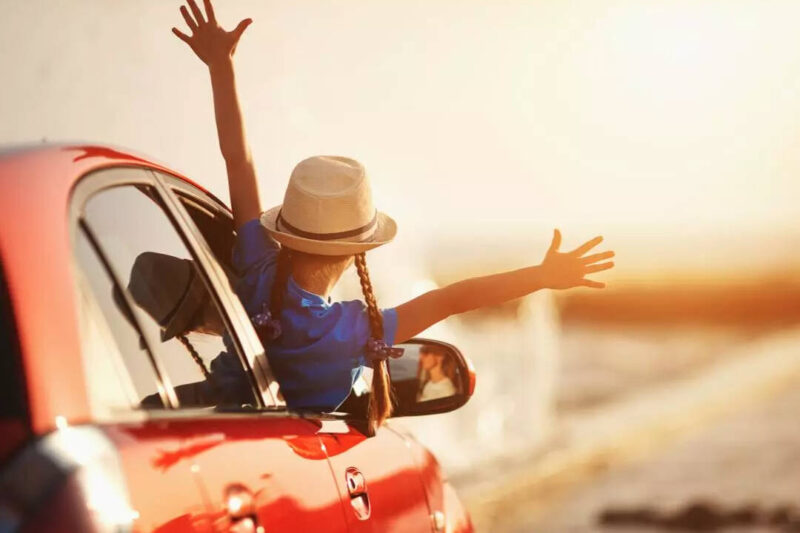
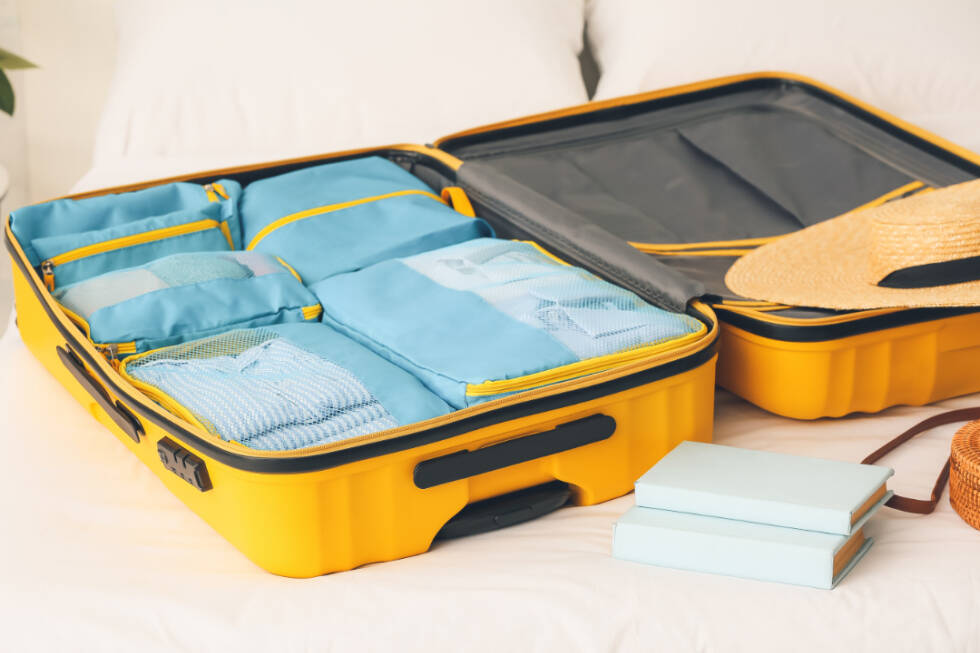
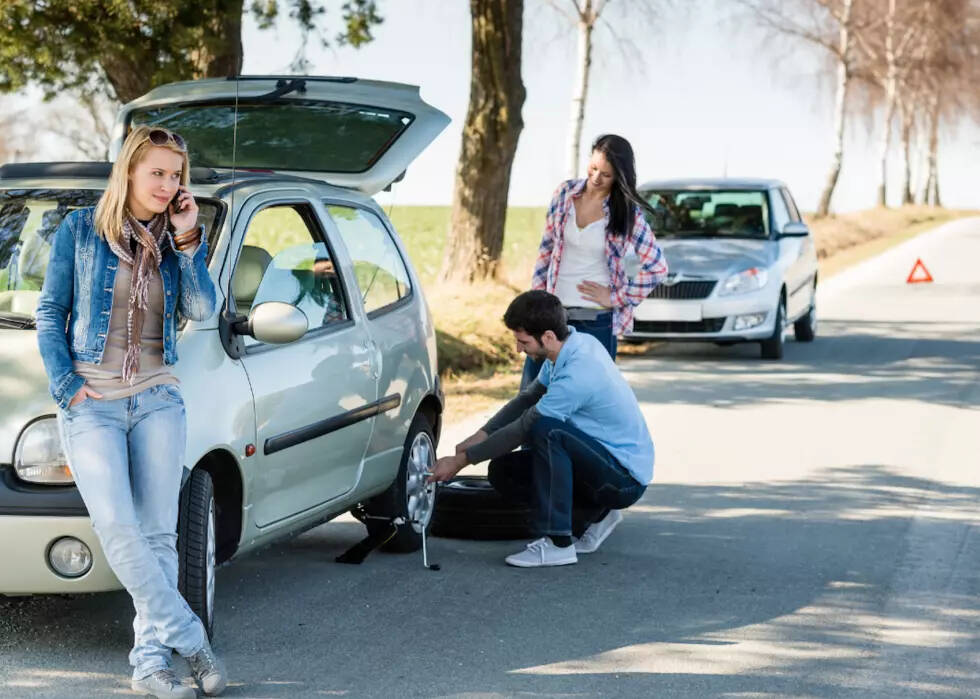
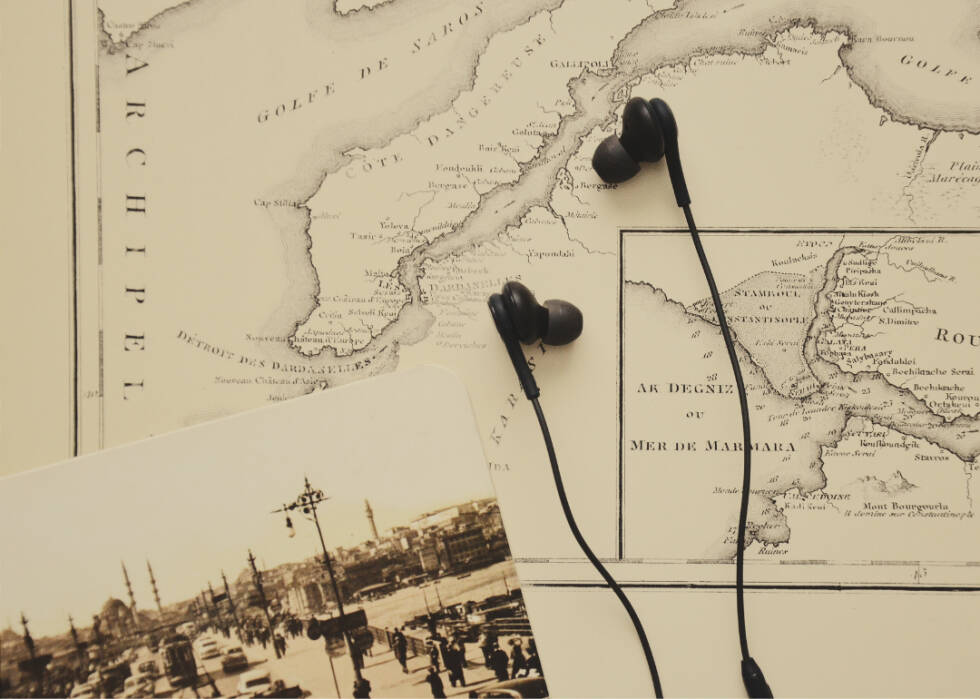
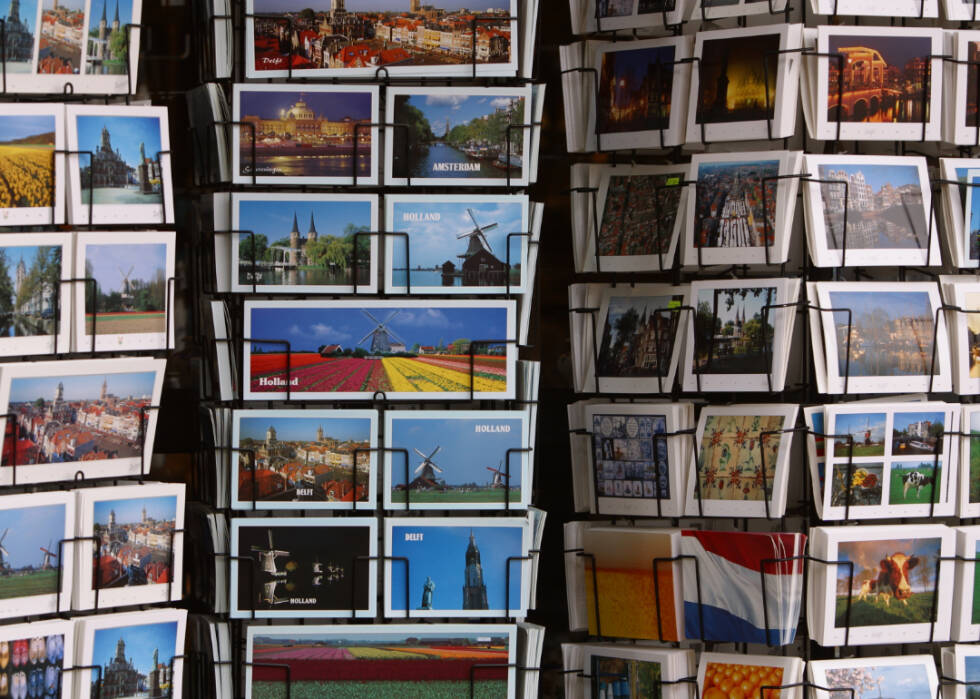
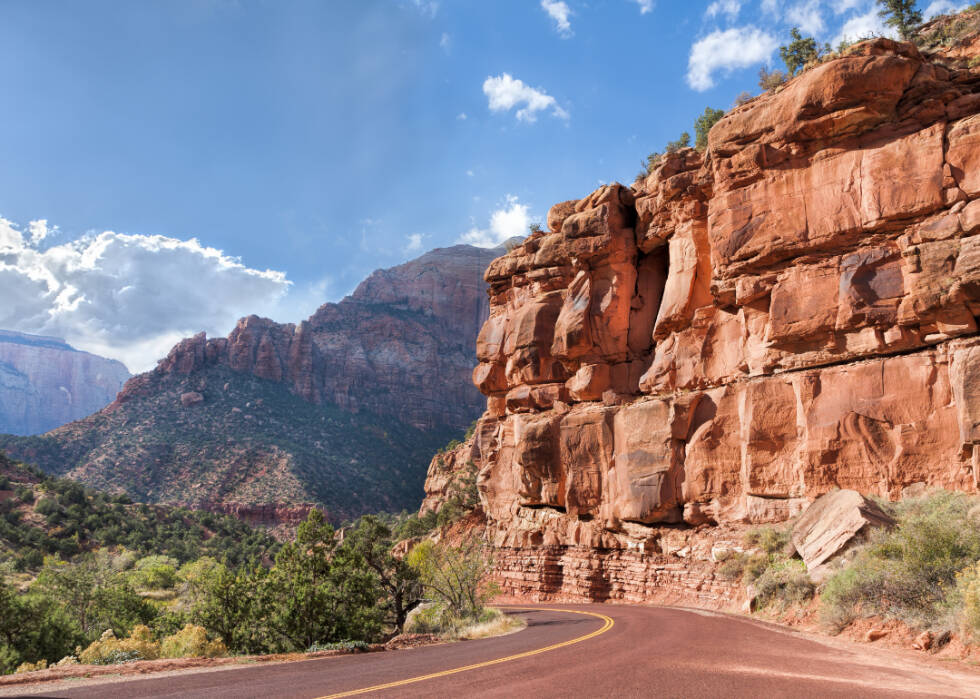
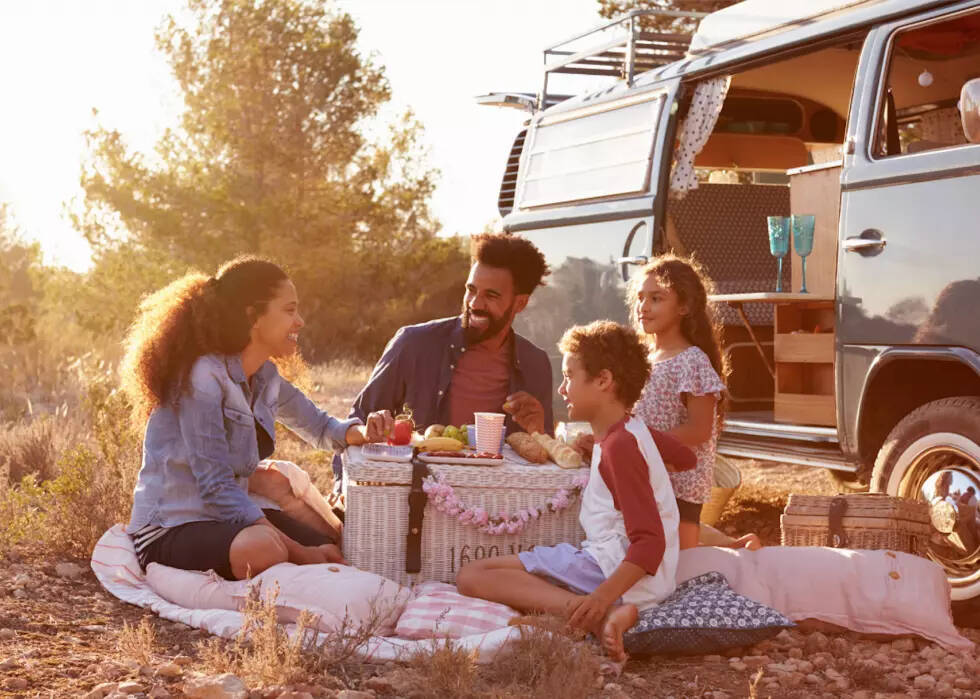
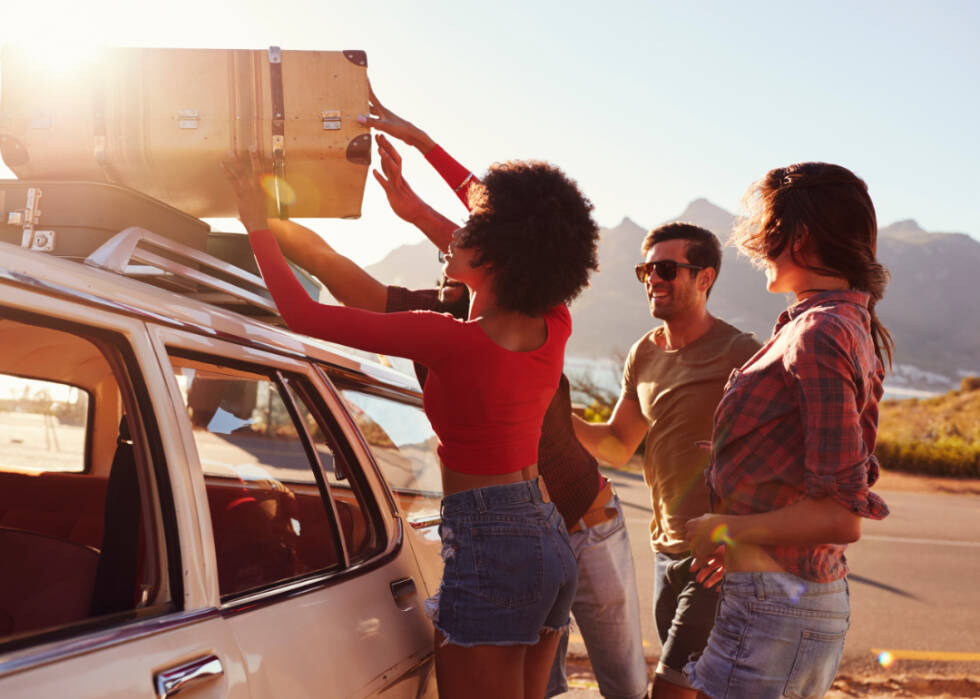
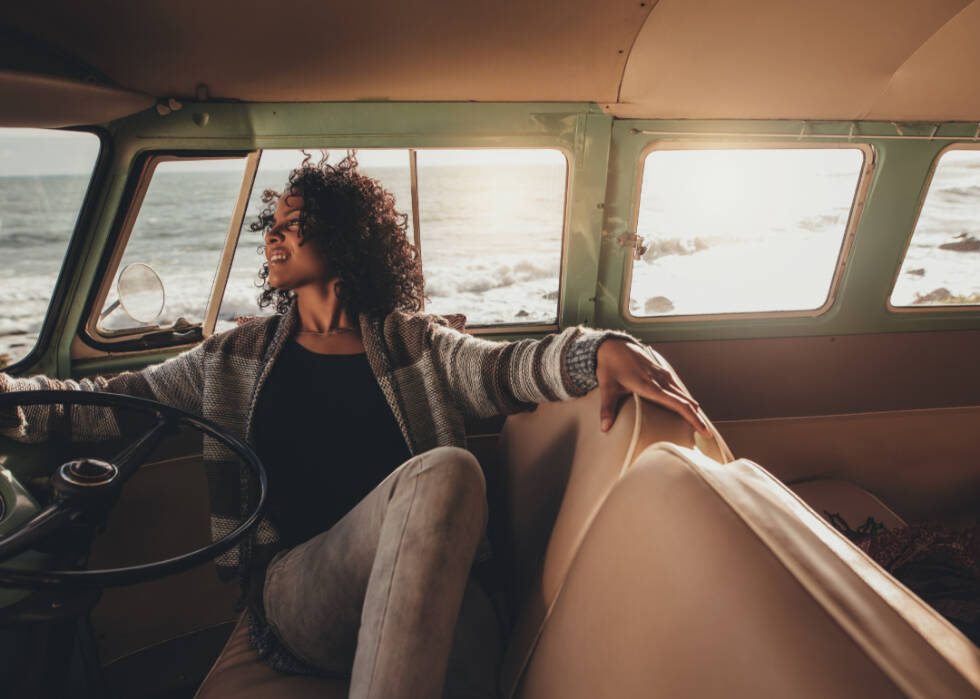


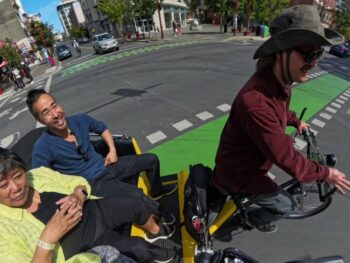


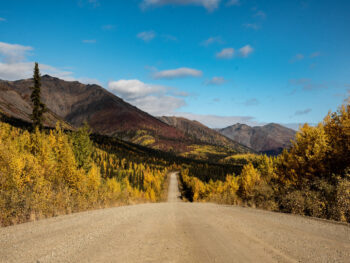


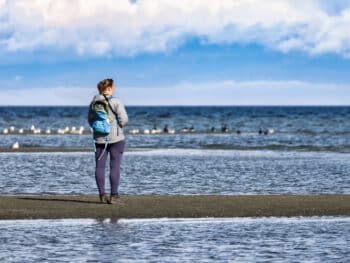
 Orca newborn seen off Tofino believed to be pod’s first calf in years
Orca newborn seen off Tofino believed to be pod’s first calf in years